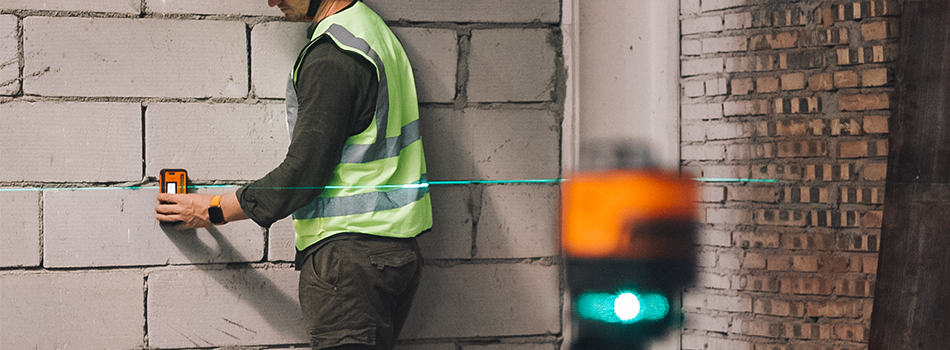
how to use a laser level for grading
In construction and landscaping, achieving a precise grade is a fundamental step in ensuring the success of any project. A laser level has become an indispensable tool with its accuracy and efficiency. In this step-by-step guide, we'll walk you through setting grades with a laser level, empowering you to achieve flawless results in your grading endeavors.
Tools Needed:
- Self-leveling laser level
- Grade rod or leveling rod
- Laser level receiver
- Tripod
- Grade stakes
Step 1: Setting Up the Laser Level
- Choose a Stable Surface:
- Place the laser level on a stable tripod, ensuring the tripod is firmly planted on dry ground. Stability is crucial for accurate readings.
- Activate the Laser Level:
- Turn on the laser level and allow it a moment to self-level. This ensures the accuracy of your measurements.
Step 2: Identifying Initial Height
- Determine Initial Grade Height:
- Identify the initial height of your grade. This will serve as the starting point for your grading measurements.
- Position the Leveling Rod:
- Place the bottom of the leveling rod at the desired height, aligning it with the initial grade point.
- Adjust the Laser Detector:
- Adjust the laser detector up or down until you hear a beep, indicating that it aligns with the laser beam.
- Secure the Detector:
- Once aligned, secure the laser detector on the leveling rod.
Step 3: Establishing Desired Grade
- Determine Desired Fall:
- Identify the desired amount of fall from the top of the grade to the bottom. For example, let's assume a 10-inch fall.
- Move the Laser Detector:
- Move the laser detector up the rod by the designated amount (e.g., 10 inches) and secure it.
Step 4: Finding the Bottom of the Grade
- Navigate to the Bottom of the Grade:
- Walk to where the bottom of the grade will be, keeping the laser detector at the designated height.
- Achieve Level:
- Find the level with the laser detector. Adjust the rod by lifting or digging into the ground, depending on the workspace.
- Identify the Bottom of the Grade:
- The bottom of the leveling rod now represents the bottom of the grade.
- Mark the Spot:
- Insert a stick or grade stakes into the ground at this spot, marking the desired height for the bottom of the grade.
conclusion
Following these meticulous steps, you can confidently set grades with a laser level, ensuring precision and accuracy in your construction and landscaping projects. Elevate your grading game with the power of a laser level, making flawless grades a seamless part of your toolkit.
360 self-leveling laser level recommended:
https://dovoh.com/collections/360-laser-level
About Dovoh
DOVOH was established in 2014. We're a leading China-based laser level company with a strong reputation for providing high-quality and precise laser levels for over 9+ years. Our laser levels are sold to China, the United States, the United Kingdom, Germany, Italy, Hungary, Japan, and other countries.
Dovoh professional laser levels' leveling accuracy is ±2mm/ 10m(±1/13 inch at 33ft). It's a good performance in this industry. We use a high-precision axicon component to reflect the high accuracy of the leveling laser beam. The laser level features durable housing surrounded by a rubber edge, and the laser cover is constructed from aluminum alloy. We use top-quality material to make sure it keeps consistently high accuracy.
At DOVOH, we prioritize quality and customer satisfaction. We provide a comprehensive warranty of two years for quality and five years for accuracy for our laser levels, giving our customers peace of mind and confidence in their purchase.
Welcome you to experience the precision and reliability of DOVOH laser levels.
Shop Now: www.dovoh.com

コメントを残す